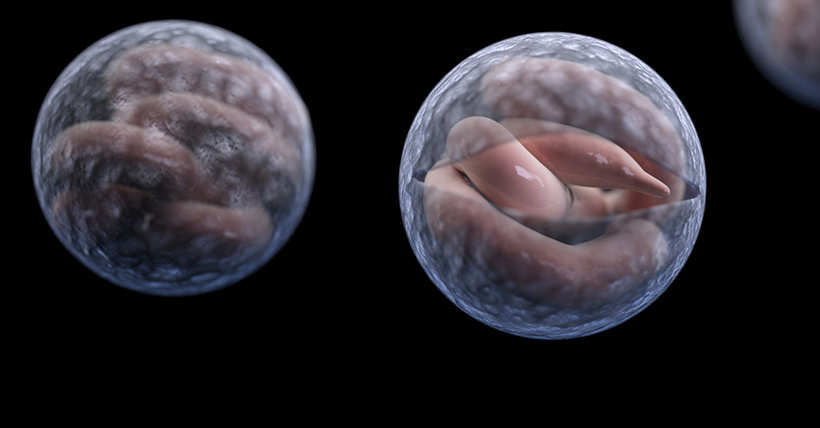Waterborne Disease Prevention Branch
CDC’s lead group for preventing water, sanitation, and hygiene (WASH)–related diseases and outbreaks.
Activities

- Track waterborne disease nationally
- Investigate the causes and sources of waterborne disease and outbreaks
- Identify the risk factors for waterborne infections
- Respond to WASH-related emergencies and outbreaks
- Conduct environmental testing and monitoring, including wastewater surveillance
- Develop improved sampling and laboratory detection methods
- Develop new ways to remove or inactivate waterborne pathogens
- Educate the public on how to prevent waterborne disease
- Develop WASH-related guidance and policy
Water is essential for life, but can also spread illness when it is contaminated by disease-causing organisms. The mission of the Waterborne Disease Prevention Branch is to maximize the health, productivity, and well-being of people in the United States and around the globe through improved and sustained access to safe water for drinking, recreation, and other uses; the promotion of adequate sanitation and basic hygiene practices; the use of environmental data to inform public health decisions; and the development and dissemination of guidance to prevent infection with waterborne pathogens.
Teams
- Domestic WASH (Water, Sanitation and Hygiene) Epidemiology Team: Tracks and investigates waterborne disease and outbreaks, builds waterborne disease prevention capacity in state and local health departments, and develops effective prevention strategies to improve health.
- Global WASH (Water, Sanitation and Hygiene) Epidemiology Team: Works with international partners to prevent, detect, and respond to waterborne and WASH-related diseases and improve access to and use of water, sanitation, and hygiene resources focused on low-resource settings.
- Health Promotion and Communication Team: Provides clear and educational information on the many uses of water and ways to prevent WASH-related illnesses; develops and disseminates health promotion materials using a variety of channels and formats; and creates resources for water and public health professionals.
- Environmental Microbiology and Engineering Laboratory Team: Develops and applies engineering and microbiological tools and methods for environmental sampling, microbial detection, and data interpretation to respond to and prevent WASH-related disease, both domestically and globally.
- Clinical Detection and Surveillance Laboratory Team: Develops and applies advanced molecular and cellular parasitology methods for clinical diagnostics, surveillance, and outbreak investigations to prevent WASH-related disease.
- National Wastewater Surveillance System Team: Works with health departments to track levels of pathogens in wastewater so communities can act quickly to prevent the spread of disease.
Key Links
- Burden of Waterborne Disease in the United States
- Healthy Water
- Drinking Water
- Healthy Swimming
- Global Water, Sanitation, & Hygiene (WASH)
- WASH-related Emergencies & Outbreaks
- Water, Sanitation & Environmentally Related Hygiene
- Harmful Algal Bloom (HAB)–Associated Illness
- Handwashing: Clean Hands Save Lives
- Other Uses and Types of Water
- CryptoNet
- Acanthamoeba
- Amebiasis
- Balamuthia mandrillaris
- Cholera
- Cronobacter
- Cryptosporidium
- Giardia
- Naegleria
- Shigellosis